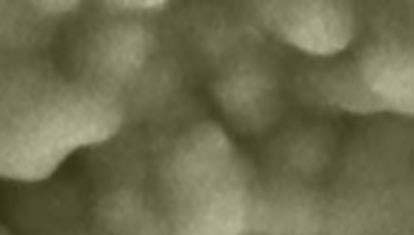Smog
dal 9/12/2002 al 14/2/2003
Segnalato da
Beth Harland
Richard Layzell
Caroline List
Chris Meigh-Andrews
Jacqueline Morreau
Mario Rossi
Mare Tralla
Pam Skelton
Tony Fletcher
9/12/2002
Smog
School of Hygiene and Tropical Medicine, London
This exhibition is inspired by London’s Great Smog and opens exactly 50 years to the week that saw the capital devastated by one of the greatest environmental disasters in history. New works from seven artists explore impressions and fears related to fog, smog, pollution, suffocation and reduced visibility.

This exhibition is inspired by London’s Great Smog and opens exactly 50 years to the week that saw the capital devastated by one of the greatest environmental disasters in history. New works from seven artists explore impressions and fears related to fog, smog, pollution, suffocation and reduced visibility.
For a whole week in 1952, beginning on 4 December, London suffered its worst ever smog when levels of sulphur and particulates reached lethal concentrations, leading to the deaths of up to 12,000 people. Half a Century later, the event remains a reference point around the world for researchers and teachers in public health and epidemiology.
Although pea-soup fogs seldom occur in London these days, their almost romantic association with the city, and with clandestine happenings, changing identities and nostalgic vistas, are still part of London’s global image. Many works by artists and writers as diverse as James Abbot McNeil Whistler, Claude Monet, Robert Louis Stevenson, Charles Dickens and Arthur Conan Doyle have been inspired by fog and smog and have helped to create that sense of the uncanny that underlies the spectre of 19th and early 20th century London. At the beginning of a new Century, air pollution in our cities is mainly of the invisible photochemical variety and, pervasive though it is, it no longer inspires art or urban spectacle: yet the spectre of the ‘fog’ continues to fascinate and intrigue.
Artists’ work:
Beth Harland’s work focuses on the properties of smog and the physical and psychological impact of its invasive contamination. Her paintings include glimpses of interiors photographed in Pompeii as well as images that suggest suffocation and extreme fragmentation.
Richard Layzell presents two new works: Caught for breath is a performance that explores memory and visible air, the body bellows and the mouth gasps; Obfuscation is an installation about visibility, light and fear - the window as an opening to the world outside and the vulnerability within: "Look out, it's coming in."
Caroline List has made, Souvenir, a series of interconnecting paintings that begin with photographic images she has taken of the Thames and the Grand Union Canal. Creating a shifting scale of colour, light and form these images recall the atmosphere of the great waterways in which bargeloads of coal were transported to London.
Chris Meigh-Andrews uses a video monitor as a receptacle to display a vintage television on which he shows a silent and continuous cycle of images and objects that emerge, re-emerge and dissolve. Making use of documentary photographs and film images from the 50s he creates a pattern of ghostly and ephemeral images from the past.
Mario Rossi uses the space opened up by the anxiety induced by reduced visibility and disorientation. Collectively titled Le bout de souffle this new work takes eyewitness accounts of real events as a starting point to develop a series of paintings that spin a web of connections between the lived, recollected and imagined.
Jacqueline Morreau contrasts the beguiling, seductive killer fog with the ‘killer in the fog’, that long frightened and intrigued the public as well as crime writers. Morreau depicts the threat and the beauty of the yellow fog, and reveals some of the components that made it so.
Mare Tralla installs a sound work that evokes being ‘lost in the fog’. The sounds of trains and factory machines eerily mingle with the sounds of a person struggling to breath, suggesting the concealed and perhaps suffocating human presence.
The exhibition will open on the evening of 10 December with a performance, Caught for Breath, by Richard Layzell, one of Britain’s leading performance artists.
Curated by: Pam Skelton of Central Saint Martins & Tony Fletcher of LSHTM
Exhibition opens 10 December 6-8.30 pm; Performance 7pm.
Hours: Monday - Friday 12 - 7
The School is closed during December 23 to January 2
Located in the Keppel Street building of the London School of Hygiene & Tropical Medicine London WC1E 7HT
LSHTM is also organising a Conference "The Big Smoke: Fifty years after the 1952 London Smog" 9-10 December 2002



